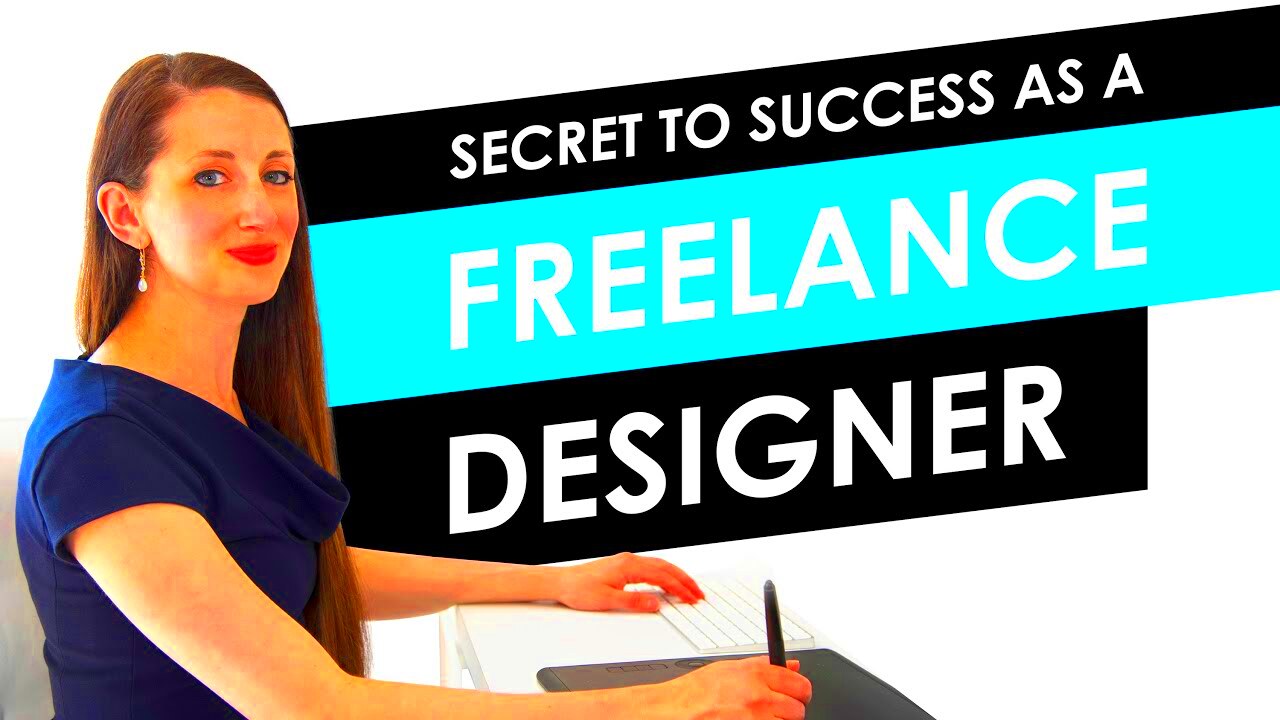Embarking on a path as a freelance designer can be an adventure. With the chance to work on varied projects and handpick your clients it opens up a realm of possibilities. I recall my initial experience stepping into freelancing; it was a blend of excitement and doubt. The ability to create your own timetable and choose projects that align with your interests is refreshing. However like any profession it presents its own challenges. Being aware of what awaits you can ease the journey towards a thriving freelance career.
Understanding the Role of a Freelance Graphic Designer
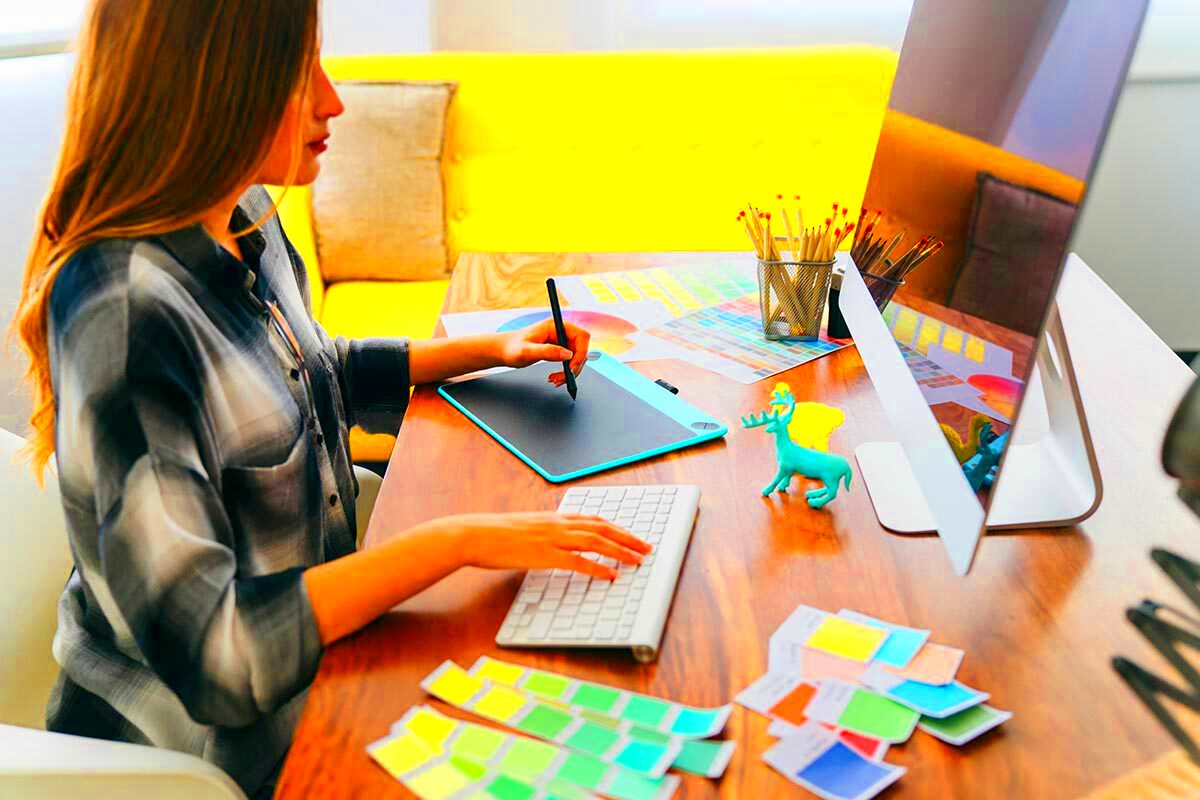
Juggling multiple responsibilities as a graphic designer goes beyond creating visuals. It also entails running your own business. This includes tasks such as
- Creating Visuals: You’ll design logos, brochures, websites, and other materials based on client needs.
- Client Communication: Understanding client requirements and offering creative solutions are crucial.
- Project Management: From setting deadlines to delivering final products, managing projects efficiently is key.
- Self-Promotion: Building your brand and marketing your services is essential for attracting clients.
From my perspective finding the right balance between creativity and business responsibilities was a journey of growth. Every project brought me insights, into how to engage with clients and manage myself effectively.
Also Read This: Understanding Impressions on Fiverr: What It Means for Your Success
Essential Skills and Tools for Graphic Designers
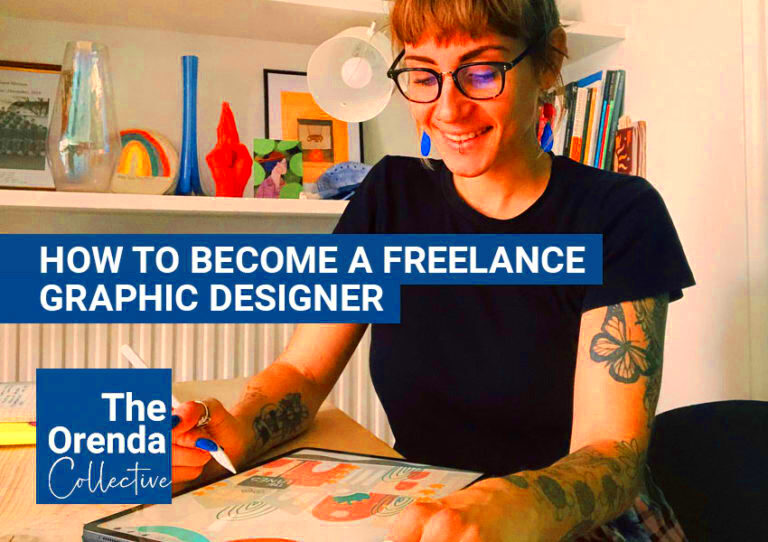
To thrive as a freelance designer you must possess a combination of skills and resources. Here’s an overview, of what you'll need:
- Design Software: Familiarity with Adobe Creative Suite (Photoshop, Illustrator, InDesign) or alternatives like Affinity Designer is crucial.
- Creativity: The ability to think outside the box and develop unique designs is essential.
- Communication: Clear and effective communication helps in understanding client needs and conveying ideas.
- Time Management: Managing your time well ensures you meet deadlines and handle multiple projects.
In the beginning I found it quite challenging to navigate design software. It required a lot of dedication and perseverance to become skilled at it. Nowadays I realize that mastering these tools enables me to turn my imaginative ideas into reality.
Also Read This: Improving Your Freelance Skills
How to Build a Strong Portfolio
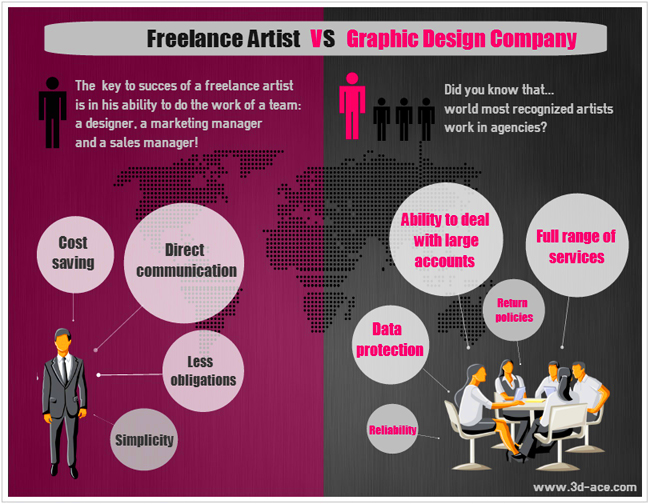
Creating a standout portfolio is crucial for freelance graphic designers. Its an opportunity to display your finest work and draw in potential clients. I remember when I was starting out being tempted to showcase everything I had ever made. Nevertheless prioritizing quality over quantity is key. Here are some tips on how to craft an impressive portfolio:
- Showcase Diverse Work: Include a range of projects that highlight your versatility. This could be anything from branding and web design to illustrations.
- Highlight Best Projects: Feature your strongest pieces. Select projects that not only display your skills but also reflect your style and capabilities.
- Include Client Testimonials: Positive feedback from clients can add credibility and show potential clients that you’re reliable.
- Keep It Updated: Regularly update your portfolio with new work to keep it fresh and relevant.
From what I have seen, my portfolio turned out to be the most effective way to promote myself. As I grew as a designer my portfolio also evolved. It started to showcase my development and serve as proof of my abilities.
Also Read This: How to Unpause a Gig on Fiverr: A Step-by-Step Guide
Finding Clients and Building Your Network
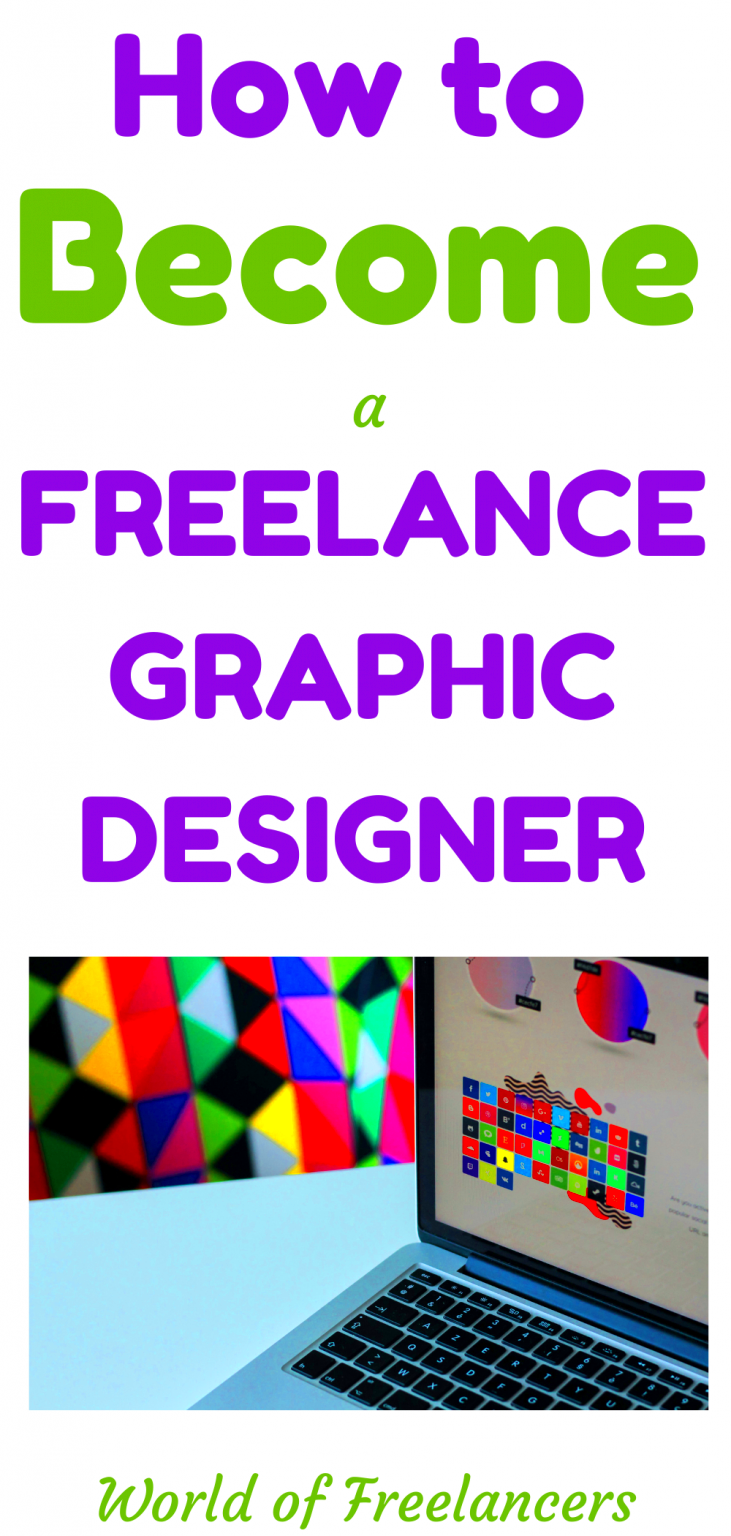
Finding clients and expanding your network can be a challenge. However its all about forging connections and being open to new opportunities. Here are a few strategies that have proven effective for me.
- Leverage Social Media: Platforms like LinkedIn, Instagram, and Behance are great for showcasing your work and connecting with potential clients.
- Attend Networking Events: Join design conferences, workshops, or local meetups. Networking events are excellent for meeting people in the industry and finding new opportunities.
- Ask for Referrals: Don’t hesitate to ask satisfied clients for referrals. Word of mouth can be incredibly powerful.
- Join Freelance Platforms: Websites like Fiverr and Upwork can help you find clients looking for freelance graphic designers.
Networking can feel daunting when you start out. I still recall how anxious I was during my initial events. However as time went on I discovered that showing authenticity and passion for what I do really had an impact.
Also Read This: How to Apply for a Fiverr Revenue Card
Setting Your Rates and Managing Finances
Determining your rates and handling your finances can be challenging yet they are vital components of freelancing. Its important to set fair prices for your services and be prudent with your finances. Here are some tips drawn from my personal experiences.
- Determine Your Rate: Consider factors like your experience, the complexity of the project, and market rates. You can charge by the hour or per project. Start with a rate that reflects your skill level and adjust as you gain more experience.
- Use Contracts: Always use contracts to outline the scope of work, deadlines, and payment terms. This protects both you and your client.
- Track Expenses: Keep track of your expenses and income. Use accounting software or apps to help manage your finances.
- Save for Taxes: Set aside a portion of your earnings for taxes. It’s important to plan ahead to avoid surprises at tax time.
In the beginning I faced challenges in determining the right prices for my services and handling my finances. However I gradually realized the significance of establishing a financial strategy and adhering to it. This realization greatly contributed to sustaining a successful freelance journey.
Also Read This: Am I a Buyer or Seller on Fiverr? Understanding Your Role on the Platform
Marketing Your Freelance Graphic Design Services
Promoting yourself as a designer is essential to attract clients and expand your venture. When I first began I was surprised by the impact that some well thought out marketing strategies could have. Here’s what I’ve discovered about showcasing your offerings.
- Create a Professional Website: Your website is often the first impression potential clients will have of you. Make sure it’s well-designed, easy to navigate, and showcases your best work. Include an about page, portfolio, and contact information.
- Utilize Social Media: Platforms like Instagram, LinkedIn, and Facebook can help you reach a broader audience. Share your projects, engage with your audience, and join relevant groups to network.
- Network Locally: Don’t underestimate the power of local connections. Attend community events or join local business groups. Sometimes, the best opportunities come from your immediate surroundings.
- Offer Free Workshops or Webinars: Sharing your knowledge through workshops or webinars can position you as an expert and attract potential clients.
- Ask for Referrals: Encourage satisfied clients to refer you to others. Positive word-of-mouth can be incredibly effective in gaining new business.
At first marketing can seem daunting but taking even small actions can have a significant impact. I discovered that regularly showcasing my work and being engaged in my community opened up more opportunities than I expected.
Also Read This: How to Earn from Fiverr: A Guide to Success on Quora
Staying Updated with Industry Trends
The world of design is constantly changing and it's crucial to stay updated on trends to stay relevant. Whether it's through new design software or shifts in styles staying in the loop can give you an advantage over others. Here are a few suggestions.
- Follow Design Blogs: Subscribe to blogs like Smashing Magazine, Designmodo, or AIGA Eye on Design to keep up with the latest trends and techniques.
- Join Design Communities: Participate in online forums and communities. Sites like Dribbble or Designer Hangout are great for learning and networking.
- Attend Conferences and Workshops: Industry events provide insights into emerging trends and allow you to network with other professionals.
- Experiment with New Tools: Keep experimenting with new design tools and software. Staying adaptable ensures you’re always prepared for the next big thing.
Staying updated with trends can be a mix of thrill and pressure. I recall feeling a bit lost with the never ending shifts initially however viewing them as chances for personal development and knowledge enhancement truly changed my perspective.
Also Read This: How to Become a Freelance PayPal Integration Specialist
FAQ
What’s the best way to start as a freelance graphic designer?
Begin by building a strong portfolio and finding your niche. Networking and marketing your services are also crucial for getting your first clients.
How do I set my rates as a freelance graphic designer?
Research industry standards and consider your experience and the complexity of each project. It’s helpful to start with a rate that reflects your skills and adjust as you gain more experience.
How can I find clients for my freelance graphic design business?
Use social media, attend networking events, and join freelance platforms. Asking for referrals from satisfied clients can also help you find new opportunities.
What tools are essential for freelance graphic designers?
Common tools include Adobe Creative Suite (Photoshop, Illustrator, InDesign), Sketch, and Canva. The tools you choose will depend on the type of design work you do.
How can I stay updated with design trends?
Follow design blogs, join design communities, attend conferences, and experiment with new tools to stay informed about the latest trends in the industry.
Conclusion
Starting a career as a freelance designer comes with its fair share of hurdles and benefits. Building an impressive portfolio promoting your services and keeping up with industry trends are all crucial steps in your development as a designer. Personally I've discovered that approaching these challenges with enthusiasm and determination is essential for achieving success. It's important to remember that every obstacle you encounter presents an opportunity to grow and enhance your abilities. Push your creative limits stay engaged with the design community and constantly hone your craft. While the journey may have its twists and turns, with commitment and a genuine love for design you can forge a fulfilling and rewarding career path.

